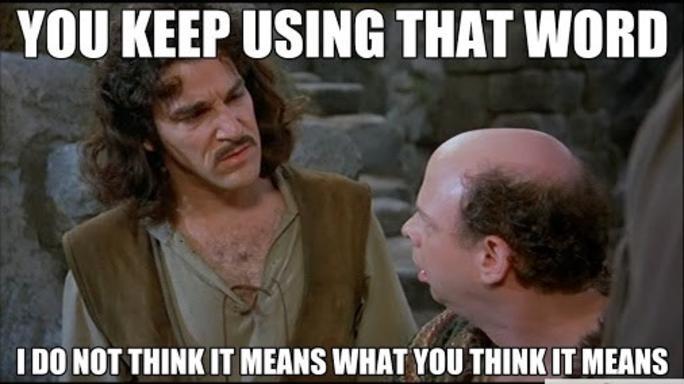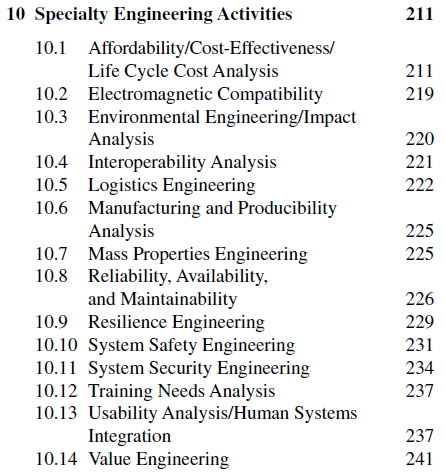Table of Contents
- Part 0: Overview
- Part 1: What is Agile, Anyway?
- Part 2: What’s Your Problem?
- Part 3: Agile Contracts and the Downfall of Requirements
- Part 4: Digital Transformation (you’re here!)
- Part 5: Agility on Large, Complex Programs
A quick detour
This article is a quick detour on an important enabler for agile systems engineering. “Digital transformation” means re-imagining the way businesses operate in the digital age, including how we engineer systems. As future articles discuss scaling agile practices to larger and more complex systems, it will be very helpful to understand the possibilities that digital engineering unlocks.
Digital engineering enables the agile revolution
The knee-jerk reaction to agile systems engineering is this: “sure, agile is great for the speed and flexibility of software development, but there’s just no way to apply it to hardware systems”. Objections range from development times to lead times to the cost of producing physical prototypes.
Read More
